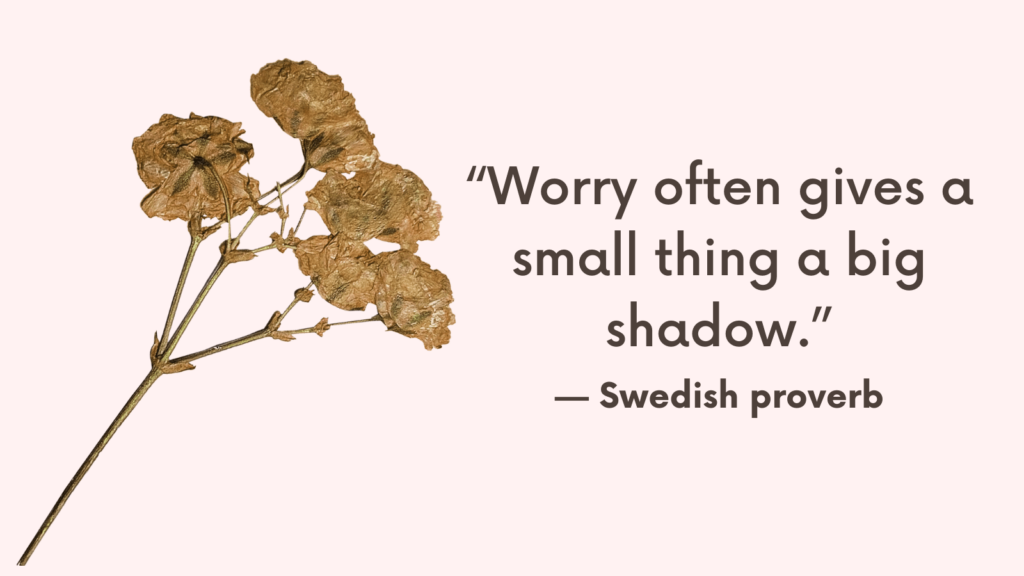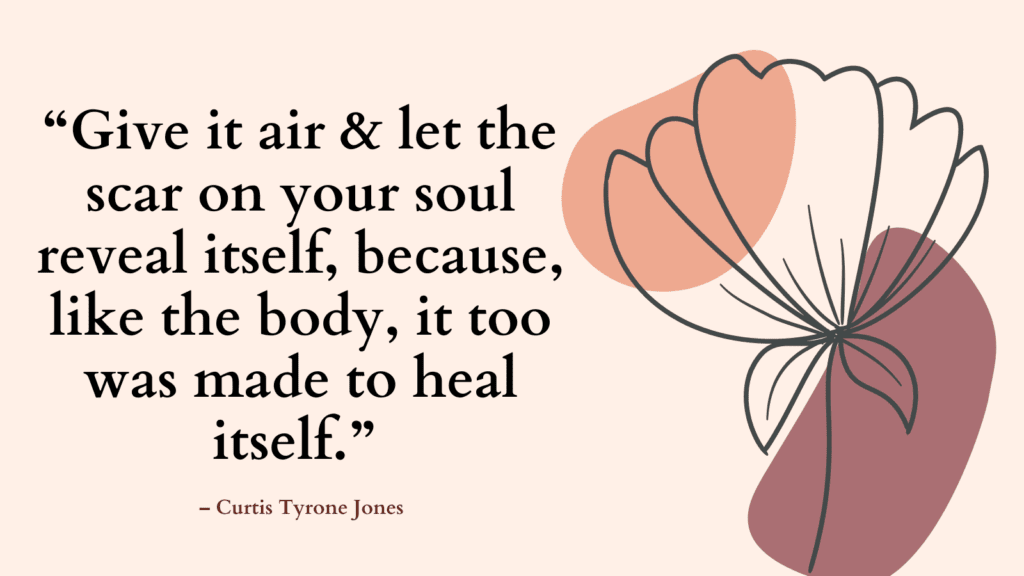Worrying is a common experience for many people, but it isn’t just something that happens to us—it’s something we actively do.
Understanding why our brains choose to worry can help us find better ways to manage and reduce this habit.
In this post, you’ll learn about the three subconscious benefits you get from worrying and how to retrain your brain to worry less.
The Nature of Worry
Worry is a cognitive process involving the imagination of future negative outcomes.
It’s the act of considering all the possible things that could go wrong.
While worry happens in your mind, stress is the physiological response that happens in your body.
Anxiety, on the other hand, is the emotional response that combines both thoughts and physical reactions, often motivating you to avoid perceived threats.
Related: How To Stop Worrying And Fall Asleep?
The Three Functions of Worry
Worry serves at least three subconscious functions:
1. Anticipating Problems
One of the primary functions of worry is to anticipate problems and seek ways to prevent them.
This ability to imagine future events that haven’t happened yet is powerful and has been crucial for human survival.
Our ancestors survived by imagining potential dangers and planning how to avoid them.
However, constantly imagining worst-case scenarios can lead to chronic stress and anxiety, making it difficult to be present and enjoy life.
2. Magical Thinking
The second function is what Dr. Martin Rossman calls “magical thinking.”
Your brain mistakenly thinks that if you worry about something and it doesn’t happen, your worrying prevented it from happening.
This false sense of control reinforces the habit of worrying.
For example, if you worry about getting fired and it doesn’t happen, your brain may mistakenly attribute the positive outcome to your worrying, rather than to the actual efforts you put into your work.
Related: How To Stop Catastrophizing?
3. Avoiding Emotions
The third function of worry is that it serves as a distraction from unpleasant emotions.
When you experience sadness, anxiety, or other negative feelings, switching to worry mode can distract you from those emotions.
While this can provide short-term relief, it leads to long-term misery by avoiding the real issues that need addressing.
Related: How to Stop “What If” Anxiety Thinking?
How to Stop Worrying?
Understanding these functions can help you develop strategies to worry less and use your imagination in a more helpful way. Here are some practical steps to retrain your brain:
1. Intentional Problem-Solving
Take worry from an unconscious habit to a conscious activity.
Ask yourself if the problem you’re worrying about is something you can actually do something about.
If yes, schedule a specific time each day to actively problem-solve.
This technique, known as “scheduled worry,” helps train your brain to worry intentionally and productively.
2. Challenge Magical Thinking
Run experiments with your thoughts.
Try imagining positive outcomes and see if bad things still happen.
When you don’t worry and the bad things don’t occur, it retrains your brain to understand that worry doesn’t prevent negative outcomes.
Related: How To Stop Post-Event Rumination?
3. Improve Your Emotional Regulation Skills
Instead of using worry to avoid emotions, practice feeling your feelings.
This involves increasing your willingness to experience emotions and developing skills to manage them.
Keeping an emotion journal, talking about your feelings with others, and addressing your emotions directly can help.
The more you practice feeling your emotions, the less scary they become, and you can build confidence in your ability to handle them.
Related: Future Tripping: Top 9 Ways to Avoid Future-Tripping

Conclusion
Worrying is a habit that our brains develop because it seems to offer some benefits, such as anticipating problems, creating a false sense of control, and avoiding unpleasant emotions.
However, these benefits are short-term and often lead to long-term issues.
By understanding why we worry, we can take steps to retrain our brains and reduce this habit.
Intentional problem-solving, challenging magical thinking, and improving emotional regulation are effective strategies to help you worry less and live a more peaceful life.
Remember, learning to worry less is a skill that takes time and practice.
Be patient with yourself as you work on these techniques, and don’t hesitate to seek additional resources or professional help if needed.
With consistent effort, you can develop a healthier relationship with your thoughts and emotions, leading to a more fulfilling and less anxious life.



